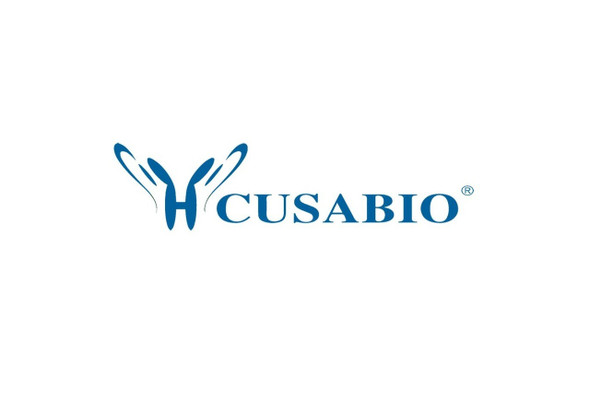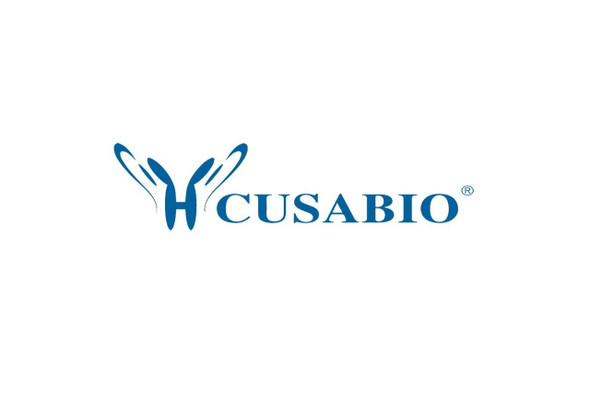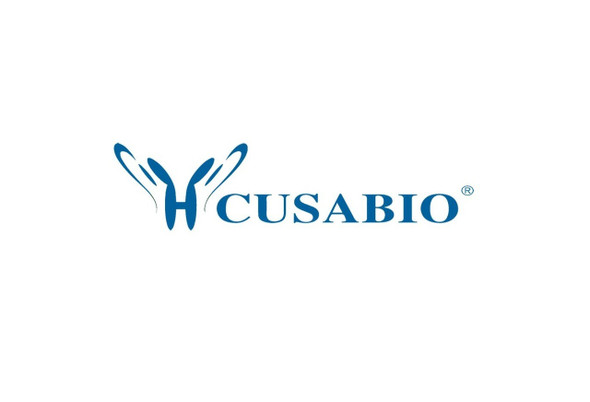Cusabio Active Proteins
Recombinant Human C-C motif chemokine 28 protein (CCL28) (Active) | CSB-AP001011HU
- SKU:
- CSB-AP001011HU
- Availability:
- 5 to 10 Working Days
Description
Recombinant Human C-C motif chemokine 28 protein (CCL28) (Active) | CSB-AP001011HU | Cusabio
Protein Description: Full Length of Mature Protein
Alternative Name (s) : Mucosae-associated epithelial chemokine, Protein CCK1, Small-inducible cytokine A28
Gene Names: CCL28,SCYA28
Research Areas: Immunology
Species: Homo sapiens (Human)
Source: E.Coli
Tag Info: Tag-Free
Expression Region: 20-127aa
Sequence Info: SEAILPIASS CCTEVSHHIS RRLLERVNMC RIQRADGDCD LAAVILHVKR RRICVSPHNH TVKQWMKVQA AKKNGKGNVC HRKKHHGKRN SNRAHQGKHE TYGHKTPY
Biological Activity: Fully biologically active when compared to standard. The biological activity determined by a chemotaxis bioassay using human lymphocytes is in a concentration range of 1.0-10.0 ng/ml.
MW: 12.4 kDa
Purity: >97% as determined by SDS-PAGE and HPLC.
Endotoxin: Less than 1.0 EU/µg as determined by LAL method.
Relevance: Chemotactic activity for resting CD4, CD8 T-cells and eosinophils. Binds to CCR3 and CCR10 and induces calcium mobilization in a dose-dependent manner.
PubMed ID: 10781587; 10975800; 15372022; 15489334
Notes: Repeated freezing and thawing is not recommended. Store working aliquots at 4℃ for up to one week.
Function: Chemotactic activity for resting CD4, CD8 T-cells and eosinophils. Binds to CCR3 and CCR10 and induces calcium mobilization in a dose-dependent manner.
Involvement in disease:
Subcellular Location: Secreted
Protein Families: Intercrine beta (chemokine CC) family
Tissue Specificity: Preferentially expressed by epithelial cells of diverse tissues including normal and pathological colon, salivary gland, mammary gland, trachea and rectum. Also found in prostate, spleen, thyroid, psoriasis skin and in lower levels in peripheral blood leukocytes, small intestine, Peyer patches, stomach and normal skin.
Paythway: Chemokinesignalingpathway
Form: Lyophilized powder
Buffer: Lyophilized from a 0.2 µm filtered PBS, pH 7.4
Reconstitution: We recommend that this vial be briefly centrifuged prior to opening to bring the contents to the bottom. Please reconstitute protein in deionized sterile water to a concentration of 0.1-1.0 mg/mL.We recommend to add 5-50% of glycerol (final concentration) and aliquot for long-term storage at -20℃/-80℃. Our default final concentration of glycerol is 50%. Customers could use it as reference.
Uniprot ID: Q9NRJ3
Uniprot Entry Name: CCL28_HUMAN
HGNC Database Link: HGNC
UniGene Database Link: UniGene
KEGG Database Link: KEGG
STRING Database Link: STRING
OMIM Database Link: OMIM










